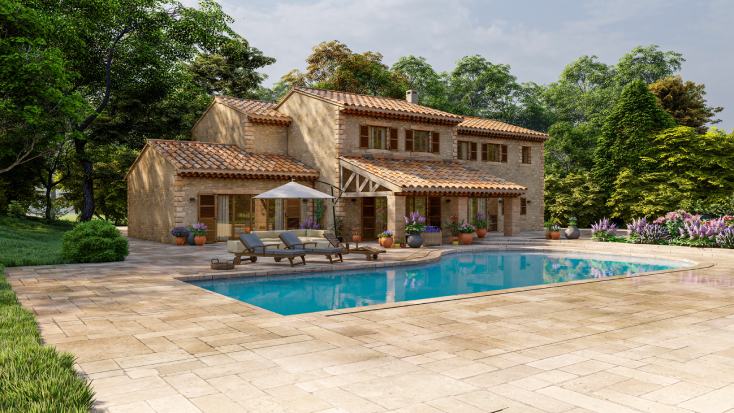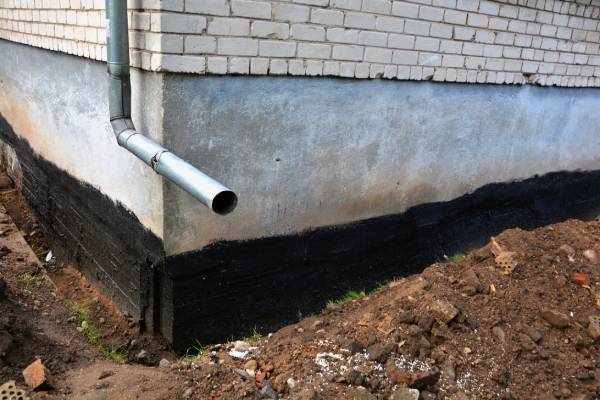Building Waterproofing in San Francisco
Waterproofing in San Francisco is a crucial aspect of building maintenance and construction, especially in a city like San Francisco, known for its diverse weather conditions and proximity to the ocean. Proper waterproofing not only protects structures from water damage but also enhances their longevity and durability. In this guide, we’ll explore different methods of waterproofing below and above grade, as well as roof patios and decks, specifically tailored for San Francisco homes and businesses.
- Below-Grade Waterproofing: Below-grade waterproofing is essential for basements, foundations, and underground structures to prevent water infiltration and moisture issues. In San Francisco, where the water table can be high and heavy rains are common, effective below-grade waterproofing is crucial. Common methods include:
- Waterproofing Membranes: Use of bituminous or synthetic waterproofing membranes applied to foundation walls and below-grade structures to create a barrier against water penetration.
- Cementitious Coatings: Application of cement-based waterproofing coatings that bond directly to concrete surfaces, providing a durable and seamless waterproofing layer.
- Drainage Systems: Integration of exterior drainage systems such as French drains or waterproofing panels to redirect groundwater away from the foundation and relieve hydrostatic pressure.
- Above-Grade Waterproofing: Above-grade waterproofing focuses on exterior waterproofing in San Francisco walls, facades, and exposed surfaces of buildings to protect against rain, wind-driven water, and moisture infiltration. San Francisco’s coastal climate and occasional heavy rains necessitate robust above-grade waterproofing solutions. Key methods include:
- Exterior Sealants and Coatings: Application of silicone, acrylic, or polyurethane-based sealants and coatings on exterior walls and surfaces to create a waterproof barrier while allowing for flexibility and breathability.
- Weatherproofing Membranes: Use of weather-resistant membranes such as self-adhering asphalt membranes or liquid-applied membranes to protect exterior walls from water intrusion and weather damage.
- Roof Patios and Decks Waterproofing: Roof patios and decks are popular features in San Francisco homes and businesses, offering outdoor living spaces with scenic views. However, improper waterproofing can lead to leaks, structural damage, and costly repairs. Effective waterproofing methods for roof patios and decks include:
- Waterproof Membrane Systems: Installation of durable waterproof membranes specifically designed for roof decks and patios, ensuring a watertight seal and protection against weather elements.
- Deck Coatings and Sealants: Application of specialized deck coatings or sealants that provide a protective waterproof layer while enhancing durability and slip resistance for outdoor spaces.
- Proper Drainage Design: Incorporation of efficient drainage systems such as scuppers, gutters, and sloping techniques to channel water away from the roof deck or patio surface and prevent standing water accumulation.
San Francisco Waterproofing Protects Your Building and Property
By implementing these different methods of waterproofing below and above grade, as well as for roof patios and decks, waterproofing in San Francisco homes and businesses can effectively protect their structures against water damage, mold growth, and structural deterioration. Consulting with experienced San Francisco waterproofing professionals familiar with the local climate and building codes is recommended to ensure the selection of appropriate waterproofing solutions and proper installation techniques tailored to specific needs and requirements. Investing in quality waterproofing upfront can save time, money, and headaches in the long run while preserving the integrity and value of properties in San Francisco’s dynamic environment.


